A non-contact voltage tester (NCVT) is a handheld electrical tool used to quickly and safely detect the presence of AC voltage in wires, outlets, switches, and electrical devices—without touching any bare conductor. It uses capacitive coupling: when you bring the tip close to a live conductor, the tester senses the electric field generated by AC voltage. It then gives a visual (light) and/or audible (beep) signal to indicate voltage presence. The advantage of this type tester is that it can test the presence of voltage with no direct contact with live wires. The disadvantage is that it detects only AC voltage (not DC) and can give false positives/negatives. It should not be the sole verification tool for life-critical work (verify with multimeter or other voltage tester).
The ANENG B16 Induction (Tester) Pen—a compact is pen-shaped NCV (non-contact voltage) tester with some features of a multimeter.
Key Features & Specs:
- NCV AC Voltage Detection (Non-Contact): Detects AC voltage between 12 V and 300 V, suitable for everyday wiring, sockets, light fixtures, and low-voltage circuits. By simply bringing the pen close to a wire, users can identify voltage without direct contact. Equipped with both sound and light alarm features, the tester pen alerts you immediately upon detecting voltage
- Contact AC voltage measurement: By bringing the in contact with a wire energized metal parts, users can measure the voltage on the wire.
- Live/Neutral Wire Identification: Helps you distinguish between the live (hot) and neutral wires.
- Breakpoint/Continuity Tracing: Useful to trace a cable and locate where a wire is broken—indicator fades at the break point.
- Works in dark: LCD with Backlight provides clear readout of detected voltage and remains visible in dim lighting. Built-In Flashlight is handy for illuminating dark junction boxes or cramped spaces.
- Sound & Light Alarm: Alerts you via both buzzer sound and visual cues when voltage is detected.
- Slotted Screwdriver Tip: The steel pointed tip doubles as a flathead driver—combine testing and minor adjustments in one tool. It can be used screw in and repair electrical appliances in task that do not need a lot of force.
- Auto Power-Off: Powers down after roughly 3 minutes of inactivity to conserve battery.
- Safety: CE CAT II 1000V / CAT IV 600V according to documentation that come with the instrument.
- Dimensions: ANENG B16 is built ABS plastic body with total length of around 166 mm and maximum diameter of around 28 mm.
- Weight: The instrument wights around 60g total when batteries are installed to it. There is a pen clip on the back of the ANENG B16 Voltmeter tester.
- Power Source: Runs on two AAA batteries
AC Voltage Range: NCV Non-contact 20~1000V and contact 0~300V
Frequency 50/60Hz
Alarm Method Sound and Light Alarm
Flashlight White LED Lighting Fixture
Use Battery 1.5V AAA battery X2
Product Size 160×28.5×26.3mm
Product Weight 60g with batteries installed
Package Included:
1 x ANENG B16 Digital Tester Pen
1 x User Manual
1 x Packing Box
The ANENG B16 is a compact, budget-friendly tester pen ideal for quick checks to ensure a wire or socket is live. Its LCD, flashlight, and built-in screwdriver make it versatile for light-duty tasks.
The Aneng B16 is advertised as an intelligent induction test pen, not a traditional multimeter. It primarily measures AC voltage, identifying live and neutral lines, and can locate circuit breakpoints. It also features Non-Contact Voltage (NCV) detection for identifying live objects and a flashlight.
The B16 is best for quick, on-the-fly checks—like verifying that a circuit is live. The non-contact induction detection system that ensures no direct contact with live wires is necessary. You can also it to use to measure the mains voltage on wires, which can be useful compared to simpler non contact testers, but don’t rely on it for precision readings. In best cases it gives quite accurate results, but there are many things that can cause measurement errors.
Non-contact 12-300V AC measurement is somewhat misleading description. To measure voltages, I would not say B16 is true contactless instruments. To get voltage readings, the tip of the B16 needs to touch the voltage being measured and user needs to touch reference on the instrument. The user needs to ensure that during use your fingers maintain full contact with the touch reference point on the pen to maintain decent accuracy. The manual recommends to avoid contact with other metal or being near strong electric fields as this may skew results.
Digital Measurement of Voltage:
1. After booting up, select the number mode with the selection key, and the screen will display “0V”
2. Touch the touch pole with your fingers and use a probe to contact the AC charged body
3. Display the value of contact voltage on the screen (0-300V)
When using it, you need to keep in mind its limitations—it’s not a precision instrument and should be a preliminary tool rather than the only test used for important electrical work.
I was first a little bit worried on the safety, because you needs to touch the live circuit with the meter tip and touch the metal reference point on the meter that the same time. It can be a little bit frightening to trust just some cheap chinese electronics between potentially lethal voltage and your finger. The meter advertises CE CAT II 1000V CAT IV 600V ratings, which should mean safe enough for electrical working. I also took a look inside to be sure, and the construction looks OK. More on that later.
The meter is available from Temu, Banggood and AliExpress.
The meter is designed to measure AC voltage range 12V~300V. Select the voltage measurement mode,the screen displays ~V,touch the touch pole of the electric pen with your hand,and insert the electric pen into the socket for identification. The voltage measurement mode can be used to detect the live and neutral on the mains outlet. Touching the live wire should show around the mains voltage and touching the neutral side is expected to show zero volts or low voltage reading.
The LCD screen comes with a backlight when it is turned on, and the values on the screen can be clearly seen in a dark environment, and the readings are easy. The meter has also a built-in LED lamp that shines to the direction the meter tip points to. The screen is well-lit, making it easy to read even in low-light conditions. Additionally, the audible alarm alerts you to the presence of voltage.
ANENG B16 intelligent induction test pen AC voltage range 12V~300V,measuring circuit breakpoints
ANENG B16 Digital Tester Pen 12V-300V Non-Contact Voltage Detection LCD Display Sound Review
Attention: During the testing process, the fingers must be in full contact with the touch pole piece. The AC voltage measurement must be in contact with a live conductor in order to obtain accurate values. If it comes into contact with metal objects or the outer skin of charged conductors covered by an electric field, or if it is non-contact in a super strong electric field, although the voltage value will also be displayed, this value is for reference only and cannot be used as an accurate measurement basis.
Here is a look inside:
In this last picture you can see several high resistance high voltage resistors from the measurement tip to the measurement circuit input. The ground side of the electronics is directly connected to the touchable reference point on the side of the B16. The insulation distances on the circuit seem to be good where they are needed.
I did a measurement of the input resistance and insulation with an insulation resistance meter. I got reading of around 176 megaohms with 500V DC measurement voltage.
The ANENG B16 Digital Tester Pen was advertised as an impressive tool that seamlessly combines functionality with user-friendliness. Designed for voltage detection, it operates within a range of 12V to 300V, making it suitable for a variety of household and professional electrical tasks.
At the best is is a very handy tool. Being at same price range as many simpler non-contact voltage testers, it offers excellent value for money because of more features built in.
There are also downsides. The construction feels somewhat cheap and not high quality. The voltage measurement has limitation that it easily can measure very inaccurately. AC Voltage measurements are not accurate, but it’s not a meter. For quick checking it’s often enough.
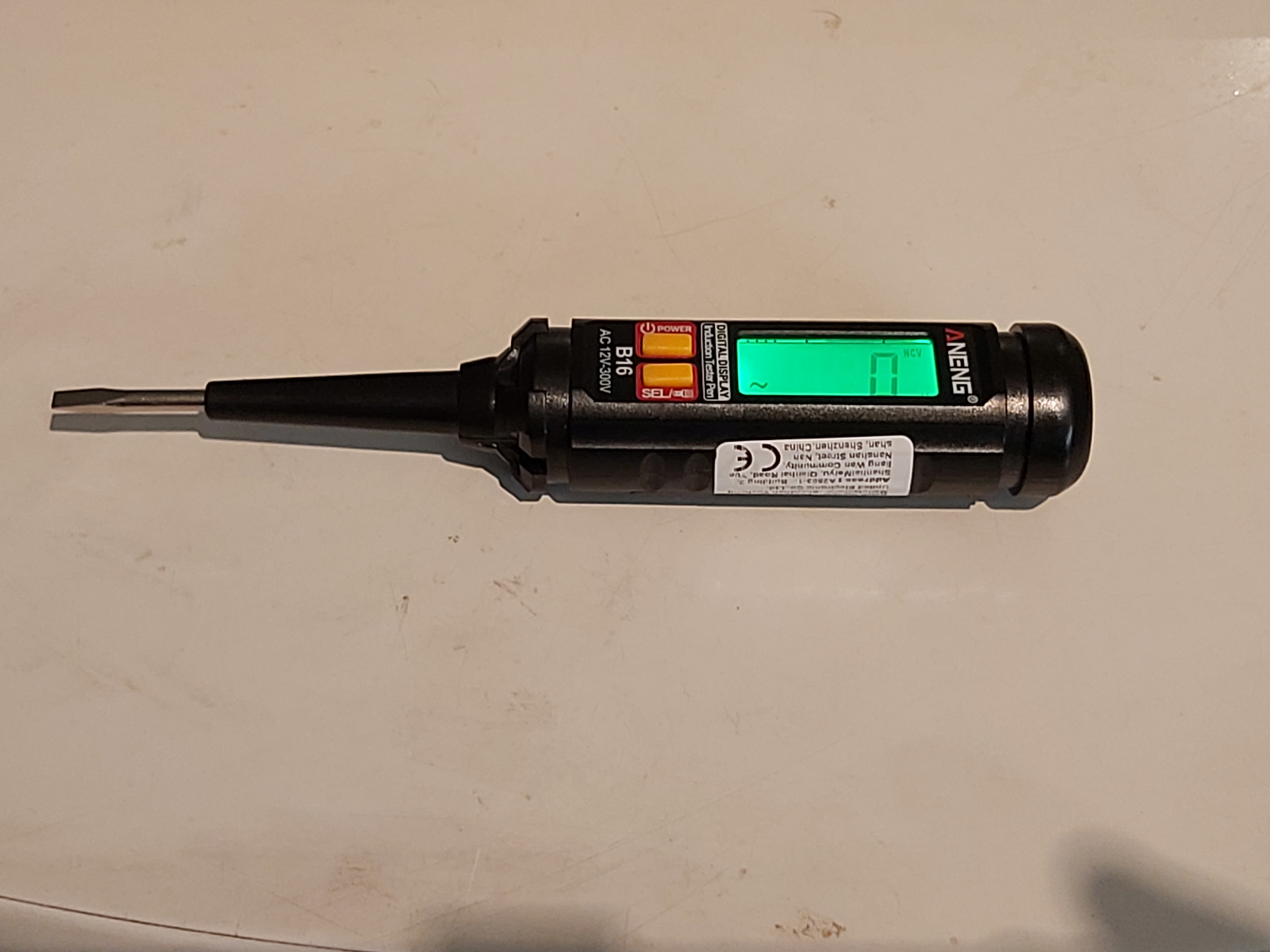

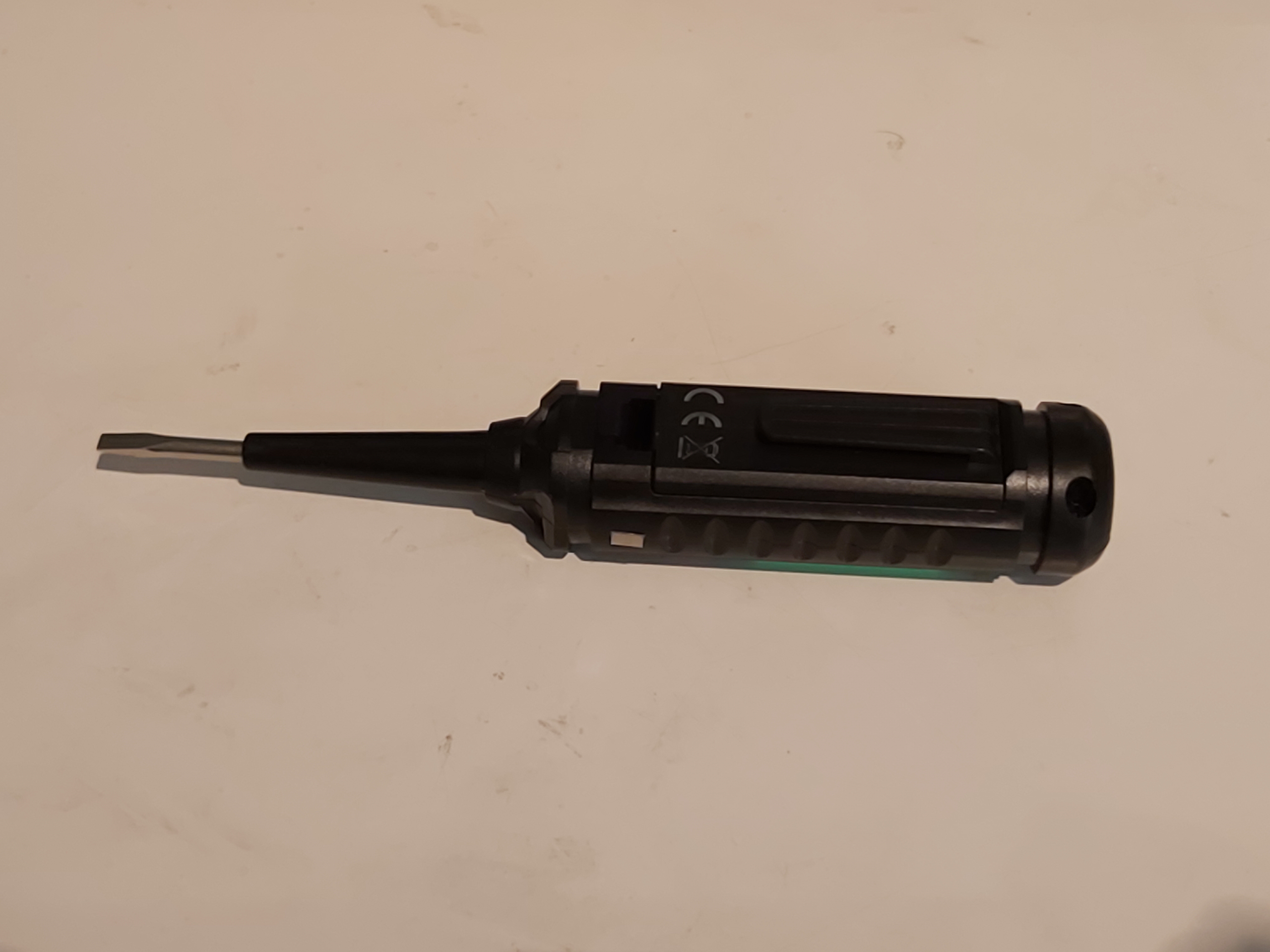
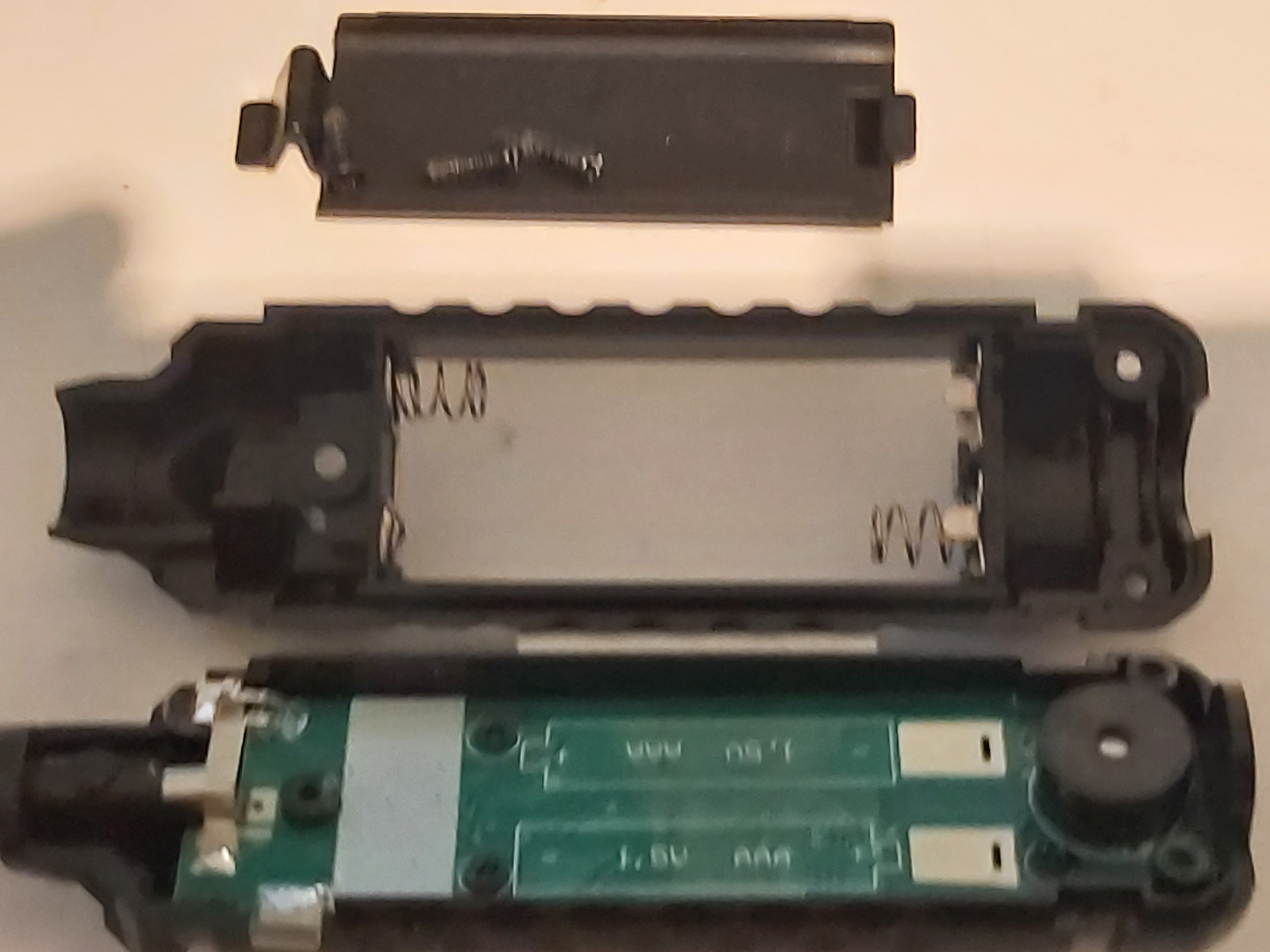
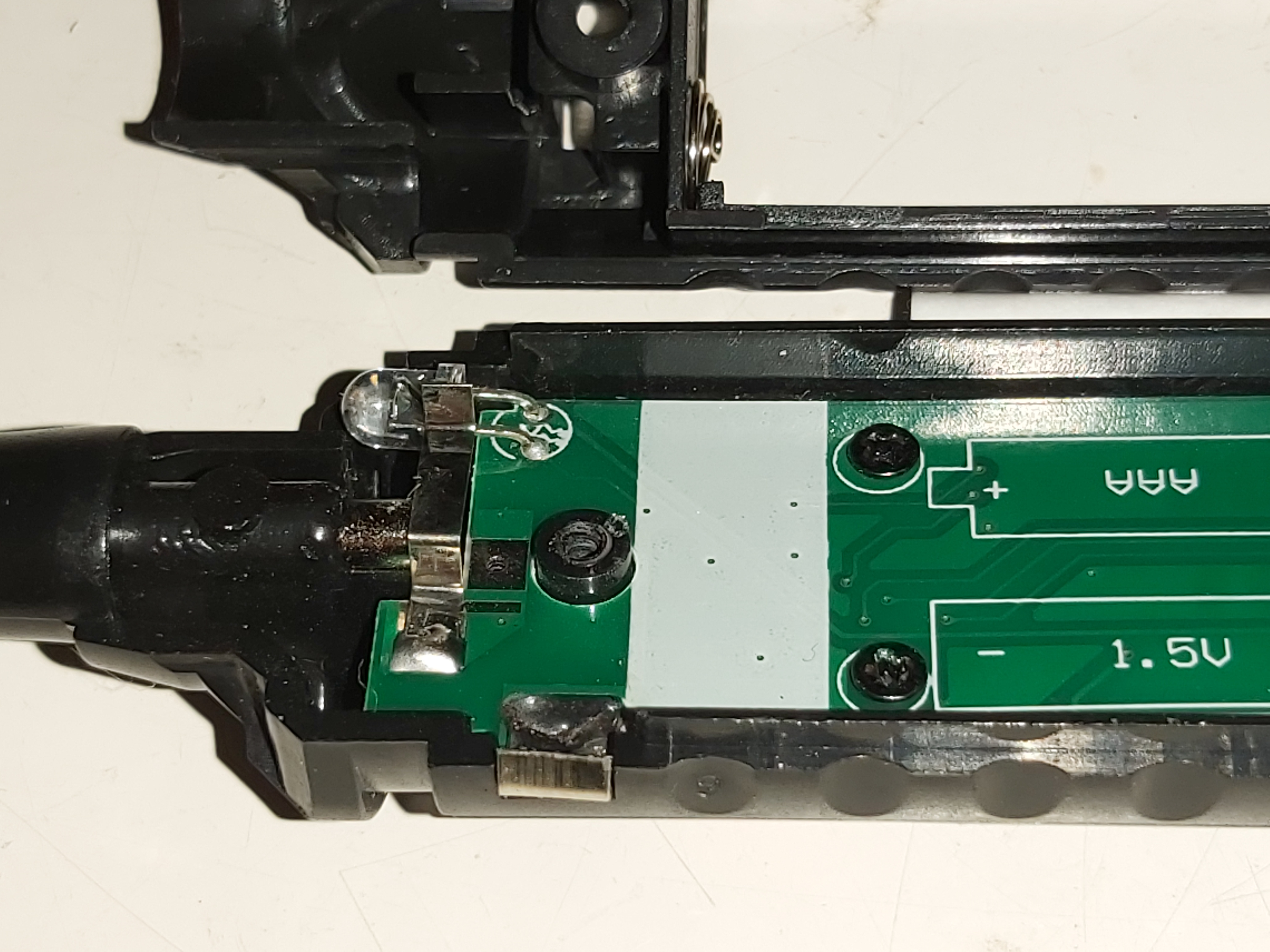
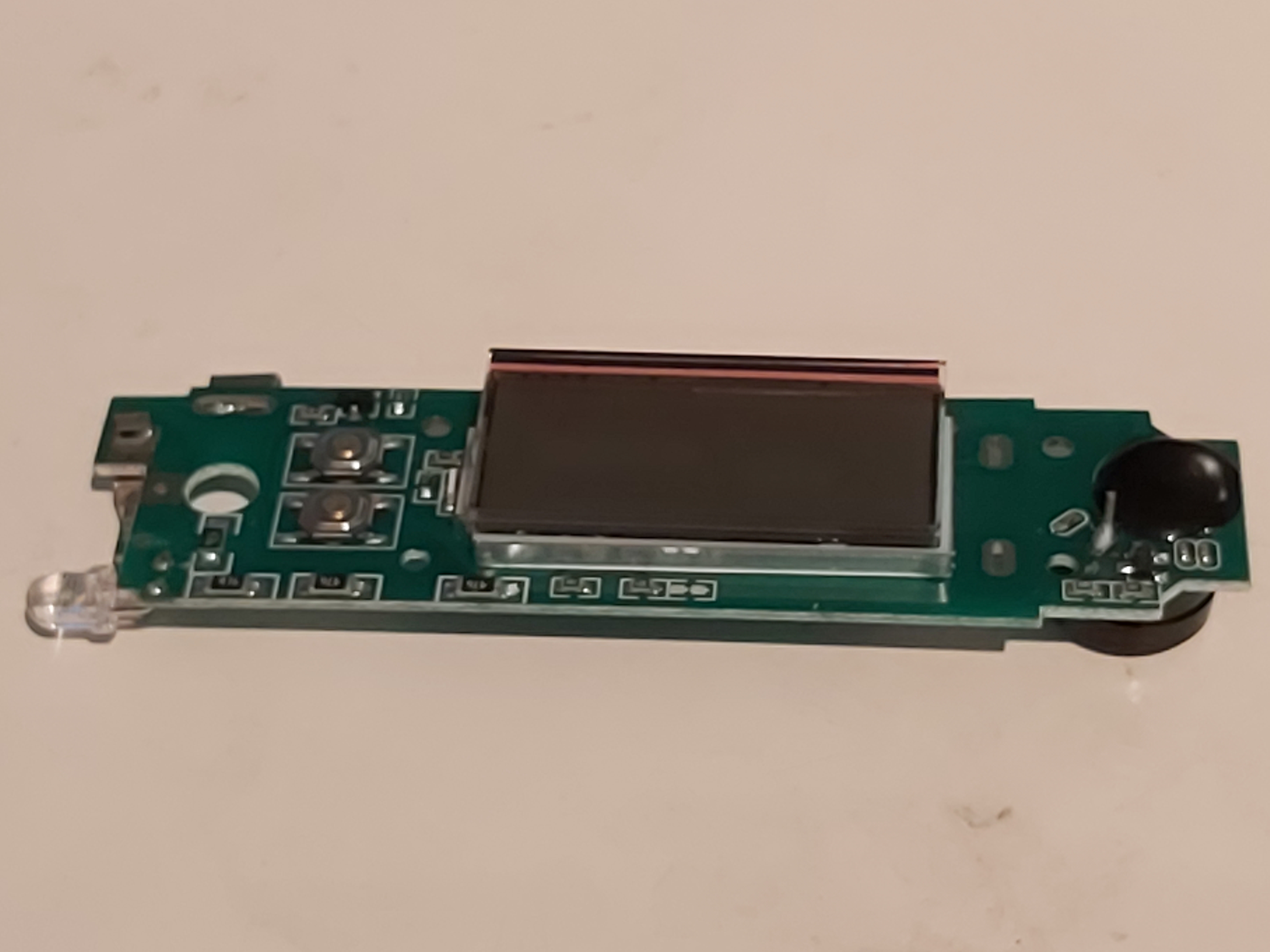
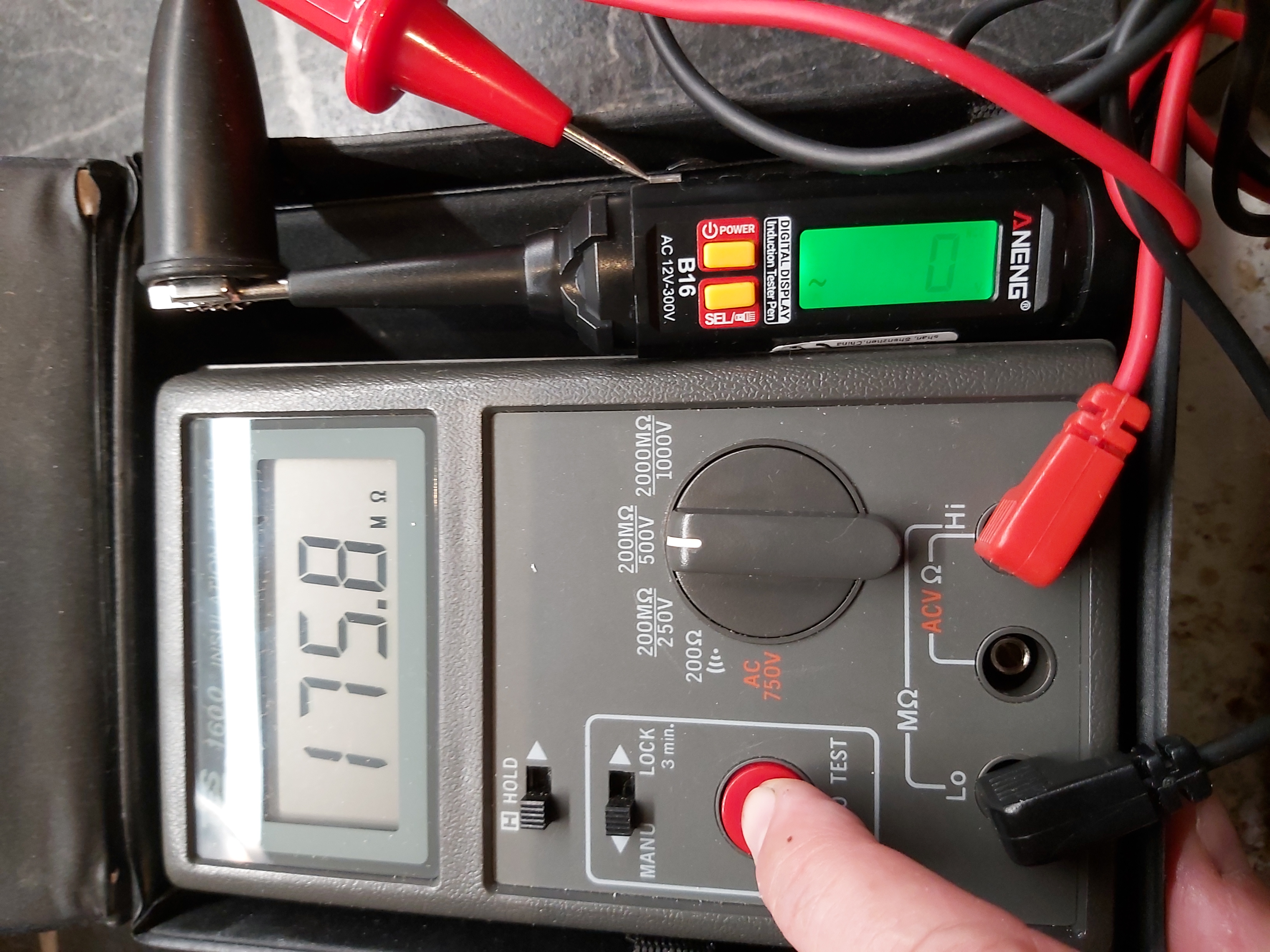
5 Comments
Tomi Engdahl says:
Tällä saa mitattua jännitteitä kelluvien laitteiden kuorista sekä ilmasta voimalinjan alla.
Geometry Dash says:
Nice, I ordered a little cheaper from you =)
Elizabeth Barfield says:
The ANENG B16 induction tester pen offers a quick way to check for live AC voltage. It’s useful for identifying live wires and locating breakpoints. The non-contact feature is handy, but remember its limitations. It’s great for a quick check, almost like a real-life Google Snake where you’re dodging electrical dangers. But always verify with a multimeter for crucial electrical work.
AI Call Assistant says:
To get accurate readings, the AC voltage measuring needs to be in touch with a live conductor.
John Kimz says:
The ANENG B16 actually seems like one of those tools that’s great for quick daily checks, especially when you just want to confirm a wire is live without dragging out a full multimeter. The build quality isn’t perfect, but for the price range it does the job, kind of like when players discuss lightweight tools in the Nulls Brawl private server community simple, fast, and good enough for non-critical tasks. For serious electrical work though, I’d still double-check everything with a proper meter.